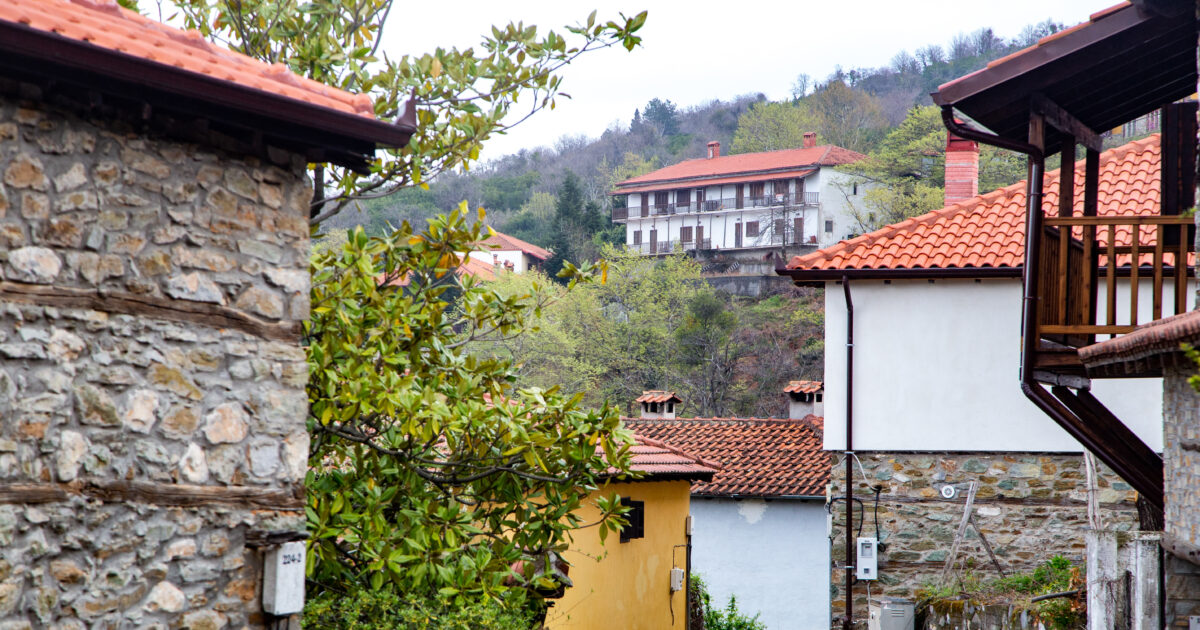Legislation that provides urban planning security to settlements With less than 2,000 inhabitants today (1.7.2025) was presented at a meeting held by Prime Minister Kyriakos Mitsotakis with the Minister of Environment and Energy Stavros Papastavrou and Deputy Minister Nikos Tagaras.
The new arrangement, which will be submitted to Parliament within the day, are essentially maintaining existing boundaries at more than 9 in 10 small settlements, protecting both the property rights of the owners and the demographic perspective of the Region.
The arrangement provides for two new urban tools. The first, the settlement development zoneconcerns communities with population up to 700 inhabitantswhich are the very vast majority, and ensures construction to the present limits. In this way, all villages of the territory are planted and about 93% of the settlements below 2,000 inhabitants.
The second tool, the usage control areawill cover settlements with 701 to 2,000 inhabitants and provides more favorable provisions than off -plan construction. It is recalled that in about 150 settlements, in Rethymnon and Pelion, the Council of State canceled the limits that had previously been established by prefects decisions.
This, on the one hand, led to a building inactivity, as not a single building permit was issued there, on the other hand, it was potentially questioned by the demarcation of the other settlements of the country, which are not institutionalized by a presidential decree. The following presidential decree in April 2025 led to the security of law in the construction of the country’s settlements.
However, after the rejection of Zone C by the CoE, the issue with the regional departments of the settlements remained open, which is now closing with the new legislation.
Prime Minister Kyriakos Mitsotakis said: “I would like to congratulate the ministry on the overall initiatives it has taken on the critical issues of the country’s urban planning. An extremely ambitious plan is being launched, where the country for the first time will acquire special spatial frameworks throughout the country. And in the context of this very large, I often call it a “silent”, reform, because it is not so high in the media, we are coming and resolving the issue that has been very concerned recently, with the boundaries of the settlements, where there was enough misinformation. And to say it in very simple words, as the minister said, for all settlements under 700 inhabitants, practically the overwhelming majority of the country’s settlements, the existing boundaries will be maintained, as they were engraved a few decades ago, so nothing will be changed. And for those settlements of between 700 and 2,000 inhabitants, a flexible tool will be created that will allow the construction of the sections that essentially occupy the existing Z zone, with greater flexibility than that is now provided with off -plan construction. So, I think, and with today’s announcements, for a very large part of the Greek rural population, there is a significant uncertainty, a pendulum. And I would like to emphasize again that these provisions are necessary not only to get in the way to the space, but to be able to support our countryside, our demographic policy and to encourage citizens, why not, they can return to their villages and do it at the highest possible speed.
Environment and Energy Minister Stavros Papastavrou said: “A new legislation for settlements in the country under 2,000 inhabitants, which will be submitted later to Parliament today. An arrangement taking into account the needs of rural reinforcement and the great demographic challenge. As is well known, by the decisions of the CoE of 2017 and 2019, the boundaries that had been instituted by the decision of the Prefect in 150 settlements in Rethymnon and Pelion were annulled, resulting in a urban inaction in the specific 150 settlements, but at the same time we have a 2,000 -year -old. The presidential decree that followed, in April 2025, certainly leads to the security of law in the construction of these settlements, but after the rejection of Zone C by the CoE, the issue remained open with the regional sections of the settlements. This is what we come today and resolve it, with the introduction of two new urban tools: for the settlements of up to 700 inhabitants, who are in the present case, they are the very large majority of the settlements, ensures the possibility of construction to the present limit, with the urban planning tool for the development of the area. But for the rest of the settlements, from 701 residents to 2,000, the urban planning tool of the usage control area is foreseen, which treats the construction more favorable than off -plan. In this way, we resolve the regulatory ambiguity, enhance the perspective of small settlements, with respect to the identity and historical heritage of each place, for a spatial planning, developmentally strong and demographic optimistic. “
